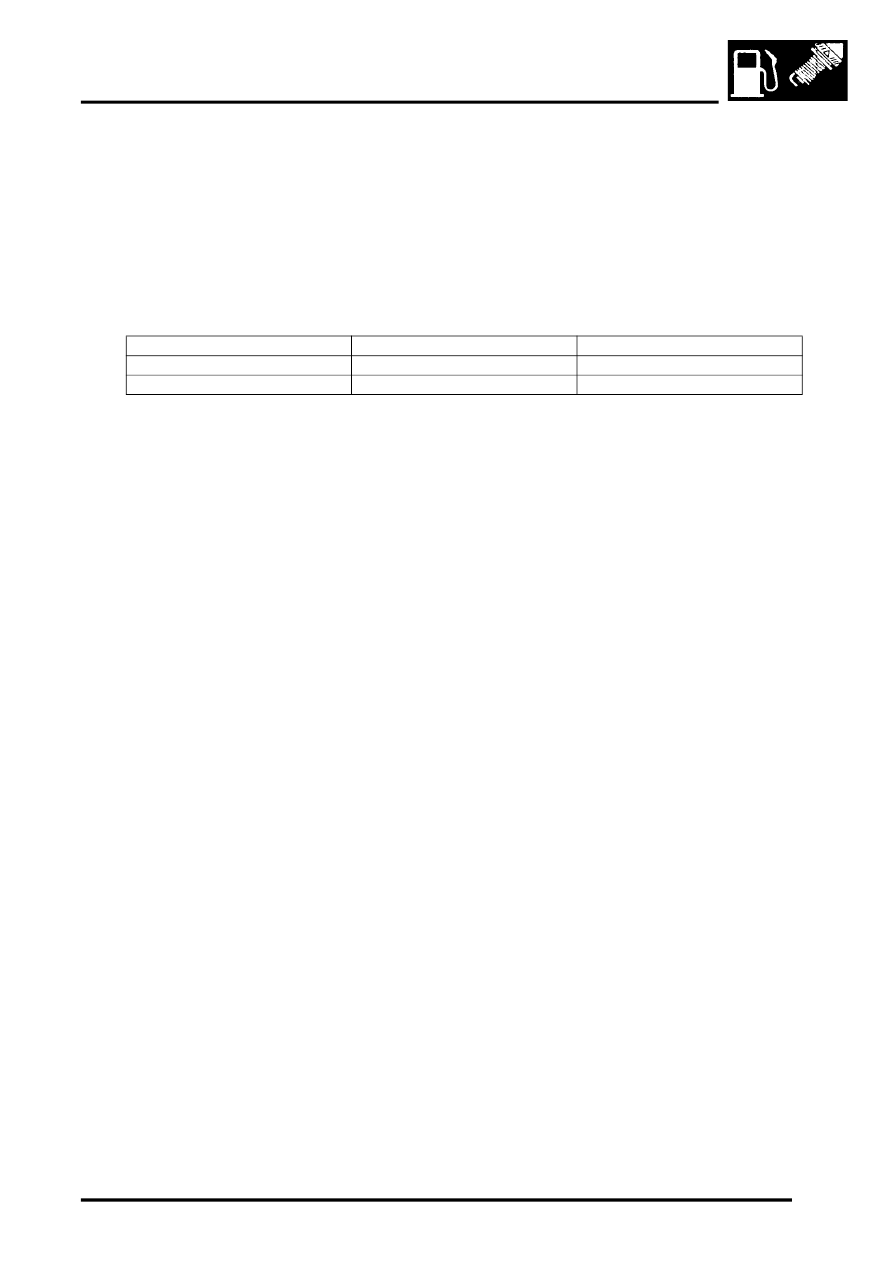Discovery II

EMISSION CONTROL - V8
DESCRIPTION AND OPERATION 17-2-45
Flow Test (P Codes P1414 and P1417)
When the Leak test has been passed successfully, the SAI control valves are then opened while the SAI pump is still
operational. Flow should now begin to enter the exhaust system. By monitoring the HO2S sensor voltage output, the
ECM determines if sufficient flow is being introduced into the exhaust system. Depending on which bank of the engine
detects the fault, one or both P codes can be stored.
Fault Finding Methodology
Malfunctions can be broadly categorised into two different categories: Flow Faults or Leak Faults.
Additionally, they also differ depending if the corresponding P code exists for both cylinder banks simultaneously or
is unique to one bank, for example:
Faults of each of the four basic types should be investigated in a different priority order, starting with the most logically
plausible cause or component.
Fault Finding Flow Charts
The following flow charts show the order of investigation that should be performed depending on the type of fault
present. These should be treated as guidelines to ensure that the most likely and plausible causes are addressed first.
However, the flow charts assume that no clear or obvious reason for failure exists. If the cause of the malfunction is
immediately obvious, then the flow charts should not be followed.
Once a malfunction is identified, it should be rectified as necessary and the system checked as per the instructions
in the following 'Checking Malfunctions' section.
NOTE: It is not necessary to follow the remainder of the flow chart once a potential root cause has been identified.
Flow Fault Finding chart
1 Fault codes P1412, P1414, P1415 or P1417 present
2 Insufficient flow detected
3 Is fault present on both cylinder banks?
If 'NO' proceed to step 4
If 'YES' proceed to step 8
4 Vacuum supply – Check for: blockage and/or vacuum line disconnected from SAI valve
5 SAI Valve – Check for: jam / diaphragm leak or blockage
6 Delivery Hoses to SAI Valve – Check for: blockage / leaks
7 SAI Pipes to Cylinder Head – Check for: blockage / leaks
8 Electrical Issue – Check for: Related P code (relay/fuse/solenoid), rectify as necessary and check connectors
9 Vacuum Supply – Check for: Blocked/leaking vacuum lines or correct solenoid operation (open/closed)
10 Delivery Hoses – Check for: Blocked/leaking hoses
11 SAI Pump – Check for: Correct operation using TestBook/T4 or pump blockage/failure
12 SAI Valves – Check for: Both SAI Valves jammed/blocked/leaking diaphragms
Leak Fault Finding Chart
1 Fault codes P1413 or P1416 present
2 SAI system leak detected
3 Is fault present on both cylinder banks?
If 'NO' proceed to step 4
If 'YES' proceed to step 5
4 SAI Valve – Check for: leakage
5 Vacuum supply – Check for: solenoid stuck open (mechanical failure) or stuck open (electrical failure)
6 SAI Valve – Check for: leakage from one or both valves
P Code Type
One Bank Only
Both Banks
Flow
I
II
Leak
III
IV
